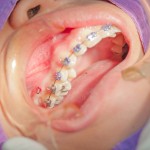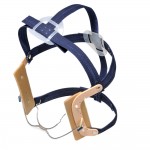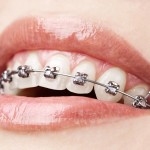
27 studies were included in this review of the failure rates of palatal implants & mini-screws for supplementing anchorage during orthodontic treatment. Failure rates were low and similar for both implants & mini-screws.
[read the full story...]
27 studies were included in this review of the failure rates of palatal implants & mini-screws for supplementing anchorage during orthodontic treatment. Failure rates were low and similar for both implants & mini-screws.
[read the full story...]
8 small studies were included in this review comparing en masse retraction and two-step retraction for orthodontic space closure. While both were effective the en masse/miniscrew combination demonstrated a small statistically significant benefit in terms of incisor retraction and anchorage preservation.
[read the full story...]
14 studies, 7 of which were RCTs were included in this review of min-screw implants to prevent anchorage loss during orthodontic treatment. The findings suggest a small but clinically important reducing in anchorage with mini-screw use. However more high quality studies and information on adverse effects is needed.
[read the full story...]
Six studies were included in this review comparing the success rates of self-drilling and self-tapping mini-screws in orthodontic practice. The findings suggest no difference but the studies were small and of short duration and none of the included studies was a randomised trial so the findings should be interpreted cautiously.
[read the full story...]
This recent update of a Cochrane review considers the question as to whether surgical or conventional anchorage is more effective. Surgical anchorage was more effective but there is limited information on patient reported outcomes such as pain.
[read the full story...]
Moving the upper molars backwards during orthodontic treatment is sometimes necessary. Appliances used for this are categorized in to intraoral or extraoral appliances. External headgear is one of the commonest distalising approaches. The aim of this Cochrane review was to assess the effects of orthodontic treatment for distalising upper first molars in children and adolescents. [read the full story…]

This systematic review was first published in 2009. The American Dental Association Center for Evidence-based Dentistry has now published a critical summary of the review. They identified some issues with the clarity of the inclusion and exclusion criteria and the thoroughness of the search strategy, and the reporting quality. However there was consistency among the [read the full story…]